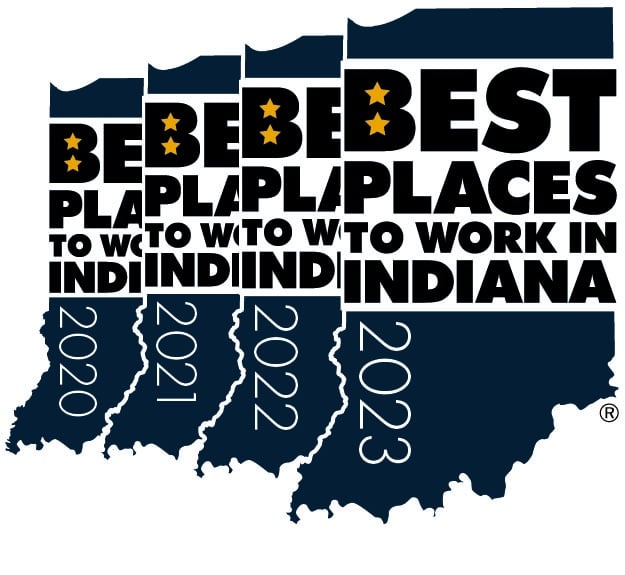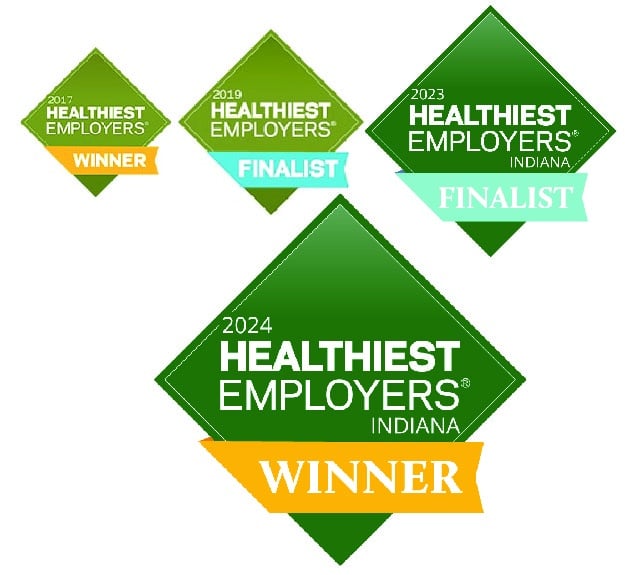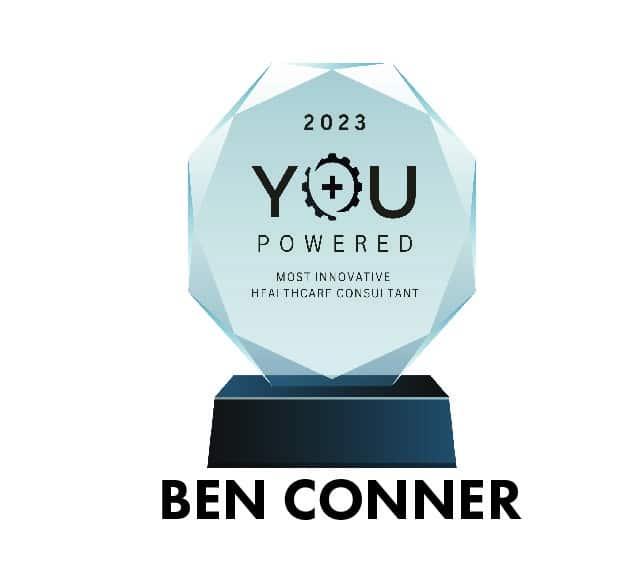Help Decrease Employee Burnout – Simplify Your Benefits This Renewal

Now, as we head into another renewal cycle, employers and advisors should focus on simplicity in benefits plans and communications. To help alleviate stress by making employee healthcare and benefits easier to understand and equip employees with the knowledge they need to make valuable decisions that can improve their health and wellbeing.
Employees are being overwhelmed with information.
A well-communicated, clear benefits plan that is consistently promoted can be the difference between an employee population utilizing their plan efficiently and one who will not. According to a recent Voya Financial survey, 31% of American workers don’t fully understand the employee benefits they signed up and paid for. When employees don’t understand their plan, they are more likely to become frustrated. Adding to stress and burnout.
Recently, we met with an employer who offers a high deductible plan. Two options were available to employees, one costing more than the other. After reviewing the plan data, we saw that their workforce could benefit from a copay plan. We recommended they offer employees two choices, one plan with a copay option and another without. We also recommended that the deductibles for both plans be the same.
Both plans now cost the same but provide an alternative option for those who need it. Those who see value in a copay plan can go in that direction, and those who prefer to benefit from tax savings will have that opportunity as well. With both options available, employees can choose what suits their needs. All employee populations will be different, so your plan should be tailored to the workforce.
Simplify and be purposeful with your plans.
Consideration must also be given when communicating any changes made to your plan. When simplifying your healthcare and benefit plans some employees may feel they have less options available to them. Discuss the decision-making process with your employees and allow them to see why changes were made. How new options were designed based on data, surveys and feedback and how excess protocols have been removed, making usage more straightforward.
Also, be sure you are communicating healthcare and benefits in a way your people can understand. Oftentimes, we use a language that many people don’t understand. Terms, conditions, rules and regulations are all aspects of insurance that can be confusing and can leave many employees without the knowledge, or the flexibility, they need to make appropriate decisions about their healthcare and benefits options.
Many companies rely on instructional videos or virtual education to educate their workforce about their options. This style of education has picked up traction for years, only to be exasperated by the pandemic. Continuing to promote and educate employees about their plan remotely is tempting, but in order to help employees navigate the often overwhelming world of employee benefits, we need to take advantage of all avenues of communication.
Whether you're making changes to your plan or bringing more awareness to the options available, get up in front of your employees and give them opportunities to ask questions. If we become more thoughtful and purposeful when we deliver program education, communication can be improved.
Only then can employees really benefit from the options they have.
Reach out to us if you want to learn how to effectively achieve simplicity in your healthcare and benefits plan, reducing stress and improving overall employee satisfaction and plan utilization. Unfortunately, the process of simplification is sometimes challenging. We can help.












